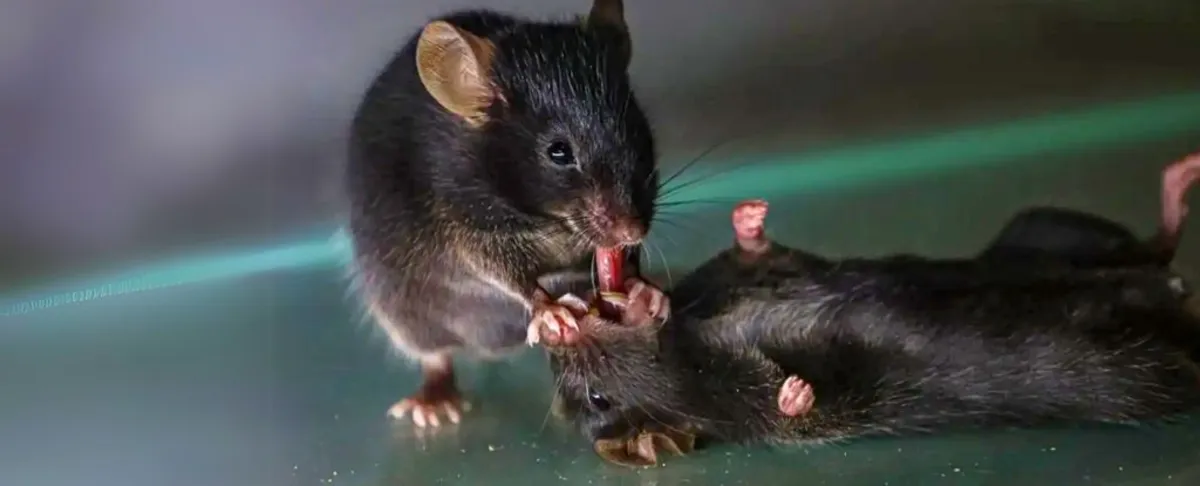
A groundbreaking study has unveiled that 'bystander' mice exhibit behaviors similar to first aid when attempting to revive unconscious companions. This fascinating discovery suggests that the natural inclination to assist others in need may be deeply rooted in our mammalian heritage.
The researchers observed significant brain activity in areas responsible for involuntary functions. Alongside increases in hormonal signals, these responses appeared crucial to the paramedic-like activities exhibited by the mice.
According to Wenjian Sun and his team at the University of Southern California (USC), while rodent 'first aid' involves more biting compared to humans, the mice's unique tongue-pulling technique effectively enlarged their unconscious peer's airways, aiding quicker recovery.
A recent study has further identified a neural circuit connecting the tongue-pulling action to rapid arousal in anesthetized mice. Similar rescue behaviors have been documented in larger-brained mammals like dolphins and elephants. However, such 'first aid' behaviors haven't been extensively studied in smaller mammals until now.
While researchers caution against assuming the mice's conscious intentions, the fact that they continued rescue attempts over five days suggests that these events are not merely a result of curiosity. Interestingly, the mice showed a preference for attempting resuscitation on familiar companions rather than strangers.
University of Toledo neuroscientist James Burkett, not involved in the study, noted that this familiarity bias indicates the mice consider the situation and the identity of the animal when forming their response.
In their experiments, Sun and his team presented caged mice with dead, unconscious, or immobile companions. In 50% of cases, the conscious mice pulled the tongues of their unresponsive companions, leading to quicker recovery compared to those left alone.
USC physiologist Li Zhang described the process, "They start with sniffing, grooming, and then a very intensive physical interaction. They really open the mouth of this animal and pull out its tongue."
A third study by researchers at the University of California, Los Angeles, found that the medial amygdala activates when mice encounter unresponsive peers. This activity differs from the brain area activated when mice interact with stressed companions, suggesting distinct 'first aid' behaviors.
Sun's team also identified an increase in oxytocin—a social bonding hormone—in the carers' paraventricular nucleus. Both these brain regions are known for their role in caring behaviors.
Neuroscientists William Sheeran and Zoe Donaldson commented on the studies, stating, "These findings add to the evidence that an impulse to help others in states of extreme distress is shared by many species."